An Introvert Renovates: How To Furnish An Introvert’s Home (Part 3)

Get The Property Insights Serious Buyers Read First: Join 50,000+ readers who rely on our weekly breakdowns of Singapore’s property market.
The walls, floors and ceilings are done. All the fixtures and carpentry are in place. Now comes the fun bit – filling your newly-renovated home with furniture and decor.
Well, it can be fun if you’re not an introvert with a bad case of decision paralysis, like me. I spent months and months poring over online shopping websites and visiting brick-and-mortar furniture stores. IKEA visits became a weekly routine, not that it’s something I’d complain about since I enjoy Swedish flatpack furniture. But there was just an endless sea of choices for a huge range of budgets, and I didn’t dare bite the bullet on any of them for a long time.
What forced my hand was the near completion of my flat’s renovations and my impatience to move in and shut myself off from the world. I needed a method to my madness of perpetual window shopping.
The three strategies I shared in Part 2 for the renovations apply here too if your goal is to have a calming space. First, choose furniture that fits into a largely neutral but restricted colour palette. Second, choose furniture that exhibits fewer and cleaner lines. And third, standing and table lamps with warm-white bulbs are your friends because they’ll help even out the illumination in your home.
But on top of these three strategies, I developed a further three strategies to help me furnish and decorate my flat that would best appeal to my introverted self.
1. Embrace symmetry
There’s recently been a trend on social media of people applying symmetry filters on their faces, either reflecting the left side of their faces or their right side. For some, they seem like two entirely different people switching between sides; for others, less so. Some faces are more symmetrical than others. And across history and cultures, facial symmetry is more attractive.
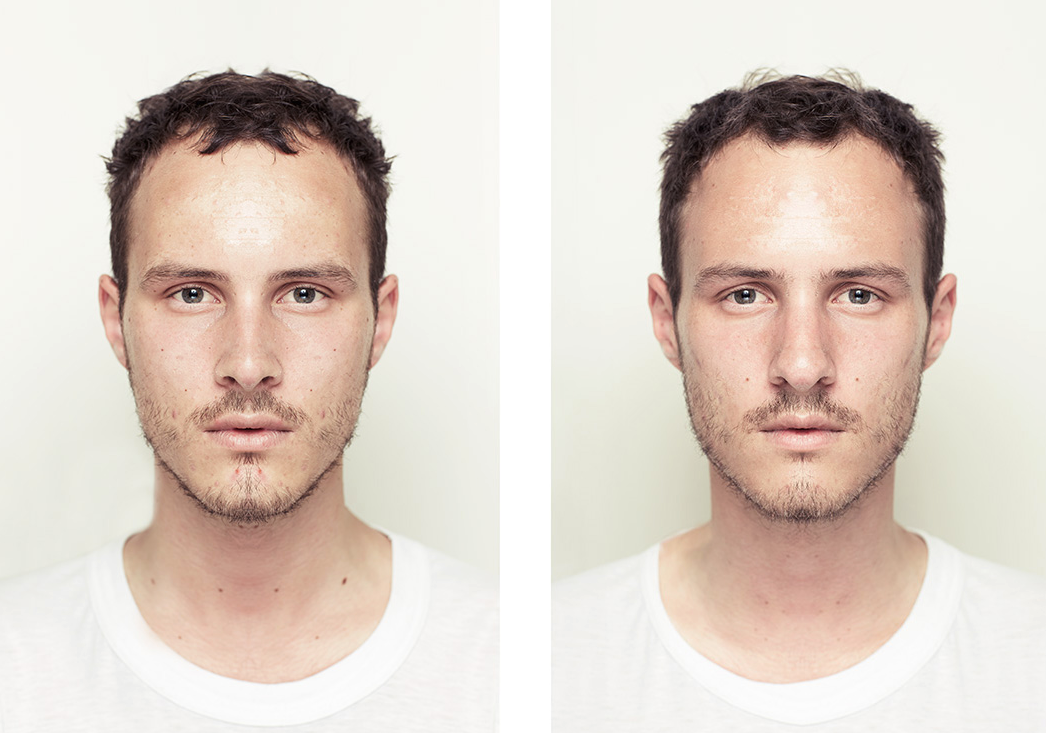
The same principle extends to our spaces – symmetrical spaces just look visually pleasing, and above all, calming.
It’s not at all difficult to accomplish, because you just need to ensure that you mirror one side of a room to the other, in fixtures and furnishing. The most straightforward example I can think of is to have matching bedside tables and lamps on either side of your bed.

Of course, symmetry isn’t possible in all corners of the home. That’s where its sister principles – balance and proportion, come in.
Balance is about ensuring that there is an equal distribution of visual weight in a space. For example, if you have a massive sofa like I do, on one side of your living room, you’ll need a chunkier TV console on the other side to create visual balance.

Homeowner StoriesAn Introvert Renovates: How To Design An Introvert’s Home (Part 2)
by DanProportion functions very similarly. I think we instinctively think that smaller furniture and more open space make our homes look bigger, but in fact, having ill-proportioned furniture can have the opposite effect.

Proportion can be tough to achieve. What is the right size? I myself agonised for a long time over whether to buy a 3.5-seater sofa over a more conventionally-sized 3-seater sofa. (The difference is a whopping 50cm in width.) In the previous instalment of An Introvert Renovates, I mentioned I had a 3D rendering of my flat, and that ultimately helped me decide that a large sofa would be perfect for my living room.
Achieving symmetry, balance and proportion in our spaces can sound daunting, but the fact of the matter is that we all have our own barometers for what is pleasing to our eyes. It’s about being more conscious about the images of interest that we’re drawn to, especially how they make us feel, and why.
2. Less is more
Decluttering became all the rage in recent years thanks to Mari Kondo and other home organisation gurus. And thank goodness for their evangelism, because chaotic and messy spaces easily overstimulate any introvert. But across the gospels that Kondo and others like her preach, I’ve found that there are three common principles for a clutter-free and calming space.
First, ensure everything has a home.
You can be quite general about organising your things and where they’ll go. For example, in my flat, all hardware and tools go into my DB cabinet and all stationery stays in my home office. If you’re an organisation fiend like me and enjoy using your label maker way too much, then you can demarcate drawers, boxes or spaces for specific items.
This principle takes a lot of planning and thought, but once a system for housing all your stuff is in place, you’ll never have to stress about locating things in your home.
More from Stacked
“My Neighbour Was Stealing Water From The Carpark” 7 Craziest Arguments We’ve Heard At Condo AGMs
On the one hand, we advise everyone to be present at condo AGMs, to keep track of what’s happening, and…

Second, just have less overall.
I wouldn’t dare call myself a minimalist although I aspire to be one. Fumio Sasaki’s book Goodbye Things is my manual for living the minimalist lifestyle. Sasaki has minimalist living so down that it only takes him 30 minutes to pack up his home and move.
Then again, Sasaki also espouses using one soap for all your cleaning needs, including personal hygiene and domestic cleaning. And I’m not prepared to go that far to be a minimalist.
You don’t have to live in such an austere manner. But the path towards minimalism does force you to confront and audit all your belongings, deeply question what you absolutely need to live, and then brave the letting go of all that is unnecessary.
In my own experience, having less means having less to worry about. If anything, minimalism is a philosophy for more carefree living.
Third, only display what you love the best.
I get that displaying vast collections of tchotchkes is a source of pride to a few, but not many of us can afford the space to give each item its due. More often than not, these collections are crammed onto a shelf or in a cabinet at best.
In my flat, I barely display any personal effects because I want to keep surfaces clean. But I do put out a few choice items that speak to my person. Because I’m an aviation geek, sitting on my desk is a mini model of the now-defunct Singapore Airlines “Megatop” Boeing 747-400.
For me, having too many items on display just create too much visual noise. And beyond overstimulating, just thinking of dusting over cluttered trophy cabinets can raise my blood pressure a few notches.
“Less is more” should be the warcry of any introvert homeowner. Less mess and stress begets more calm and peace.
3. Think cocooning
As a child, I remember watching the Hollywood classic film Cocoon. In it, there were aliens, hairless humanoid creatures who shone like the sun and meant no harm. (Still, they used to give my younger self nightmares.) When Atlantis sank to the bottom of the ocean, the aliens fled, but a few of them were left behind, surviving in cocoons underwater, which preserved their life force.
Yes, I like to think of my flat as a cocoon, my life force preservation chamber. (And I do sometimes think of myself as alien.) To that end, when I think of furnishing my home, I think of things that feel protective and comforting. And while I prefer clean walls and bare surfaces, anything that I touch should feel soft.

I have carpets in every space so my feet are always touching something soft. I prefer my sofa covered in fabric that’s soft and plush, over stiffer leather although the latter is easier to clean and upkeep. I have fluffy cushions for my sofas and favourite armchair. And the bedroom has heavy blackout curtains, perfect for shutting out the world.
Another way to create a cocoon-like environment is to choose curves over sharp edges. In Ingrid Fetel Lee’s Joyful, Lee writes that circles, spheres and curves are “approachable shapes”. Neurological research has shown that we associate their lack of sharp edges with safety. Conversely, the part of our brain that deals with fear light up when shown images of angular objects.
Arches in domestic interiors have become very popular in recent years, although my preference in architecture is still for sharp corners. But for furniture, I love round shapes and curves. Cases-in-point, my round tulip dining table and round coffee table.

The goal here is to create an environment that feels secure and warm. After all, your home is somewhere you want to let down your guard, rest and recharge.
Renovating your home is the opportunity to create the space of your dreams. My dream space is one that dials down the speed and messiness of life. Have I achieved it? I think so. By following these three strategies – as well as the three before – I have a home which soothes and calms.
But although I knew exactly what I wanted, I couldn’t have done it alone. Come back for Part 4 to learn how I selected an interior designer to help me build my dream home.
If you’d like to get in touch for a more in-depth consultation, you can do so here.
Have a home story to share? Email us at stories@stackedhomes.com.
Dan
Dan is a diehard introvert, freelance writer, first-time property owner, and backseat interior designer. He posts pictures of his home and writes about an odd combination of interior design, lifestyle, and self-development on his Instagram channel @stayingonthehill.Read next from Homeowner Stories

Homeowner Stories What I Only Learned After My First Year Of Homeownership In Singapore
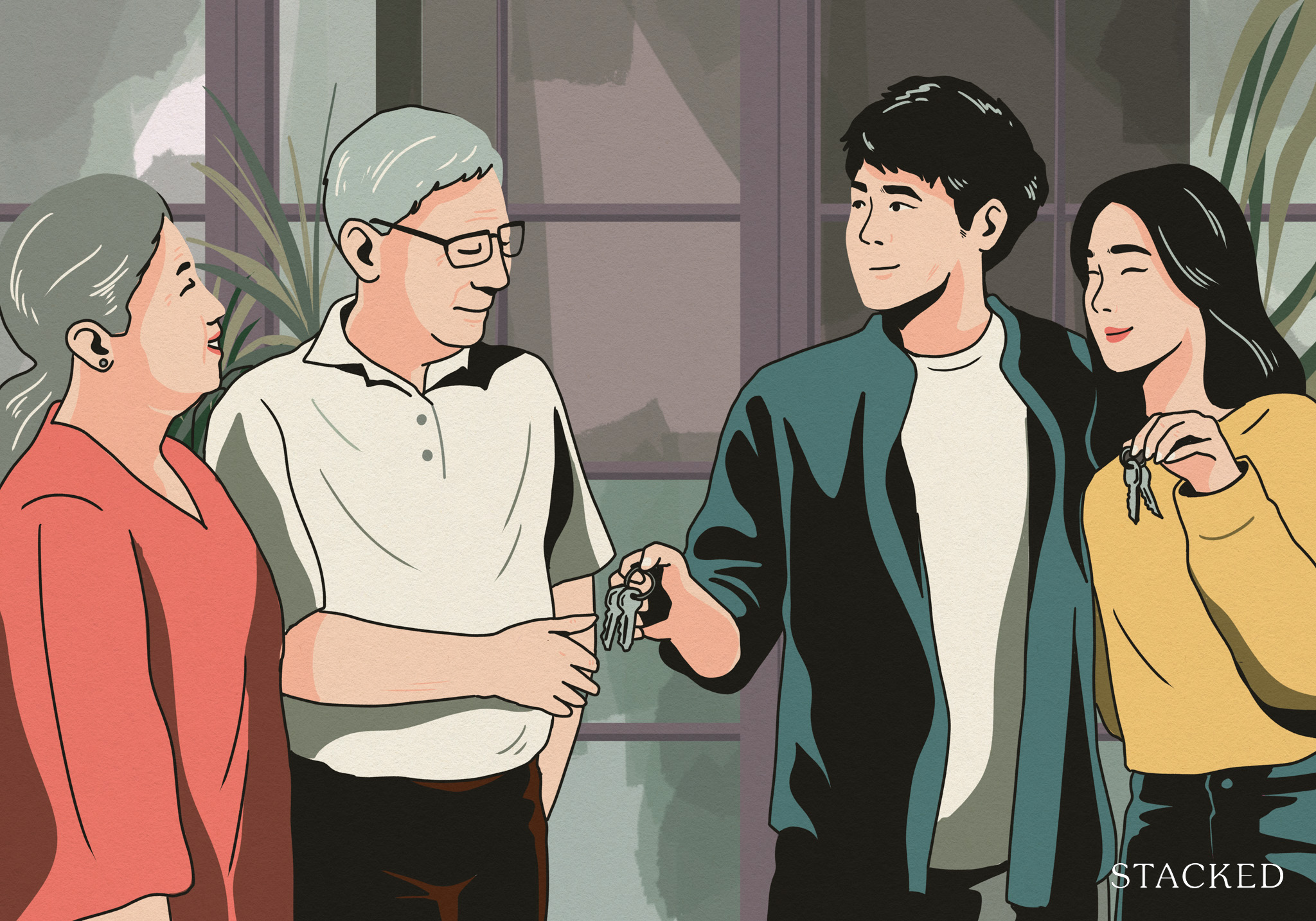
Homeowner Stories I Gave My Parents My Condo and Moved Into Their HDB — Here’s Why It Made Sense.
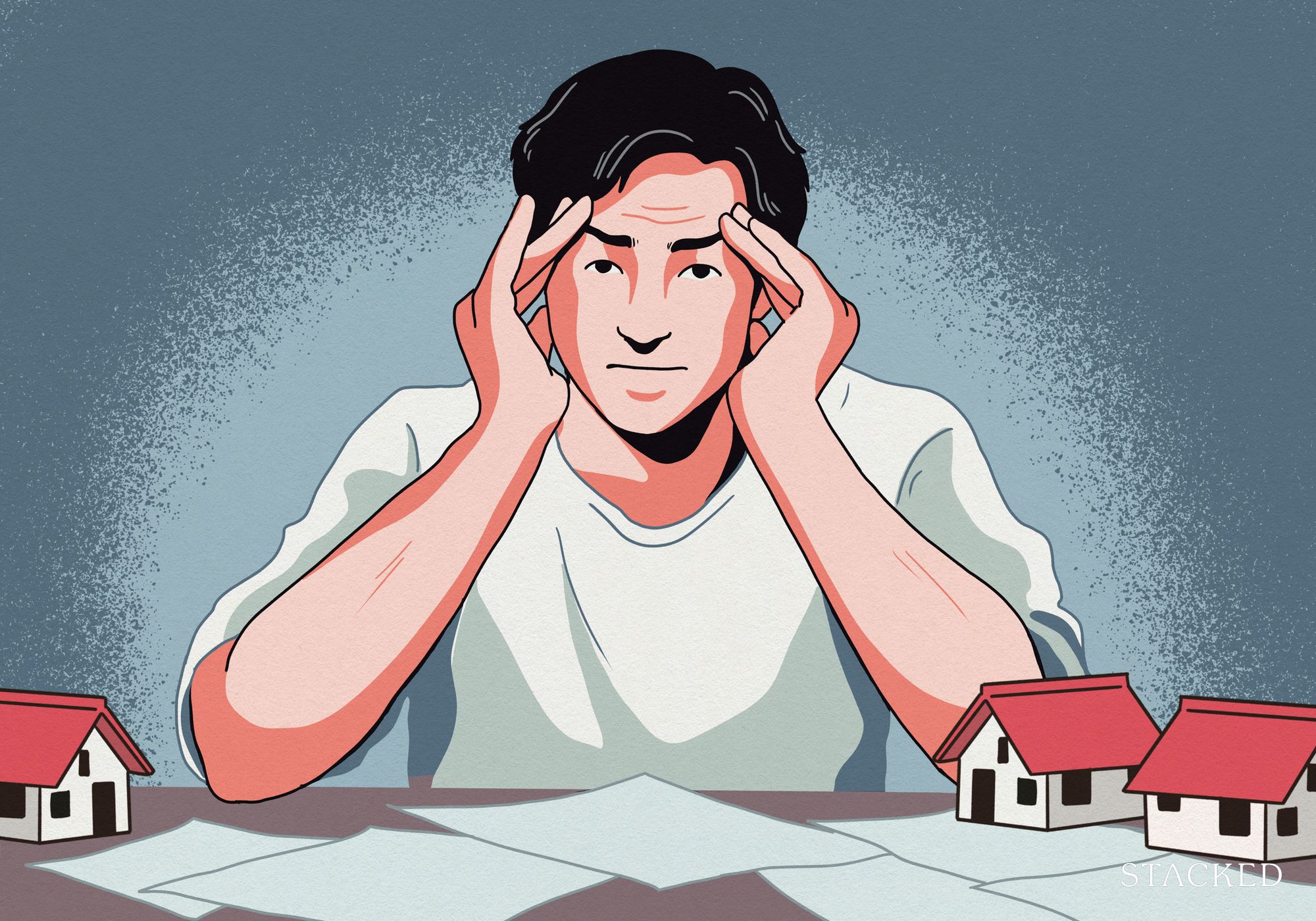
Homeowner Stories “I Thought I Could Wait for a Better New Launch Condo” How One Buyer’s Fear Ended Up Costing Him $358K
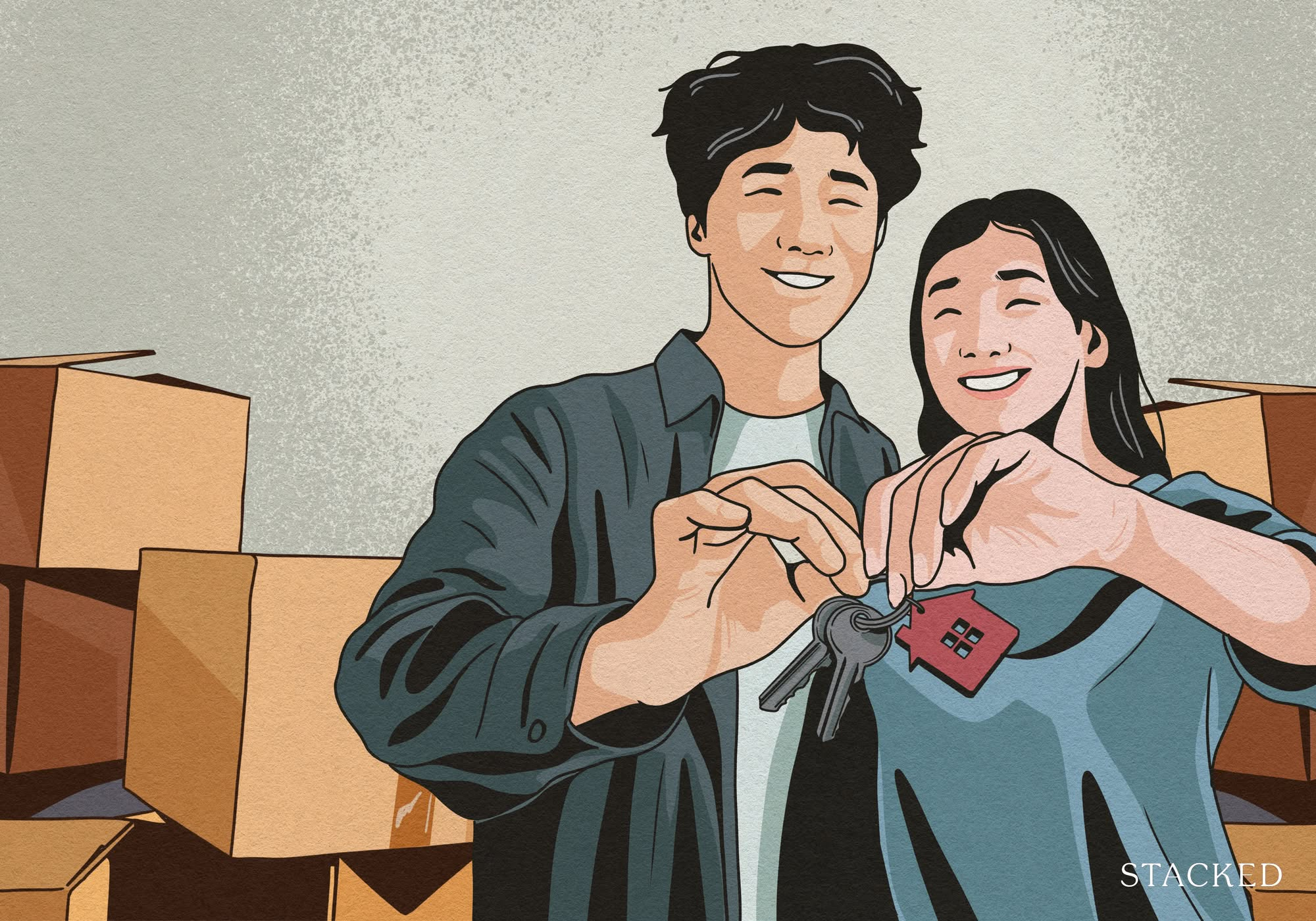
Homeowner Stories How We Saved $300K And Got Our 4-Room Toa Payoh Flat in Just 7 Months
Latest Posts
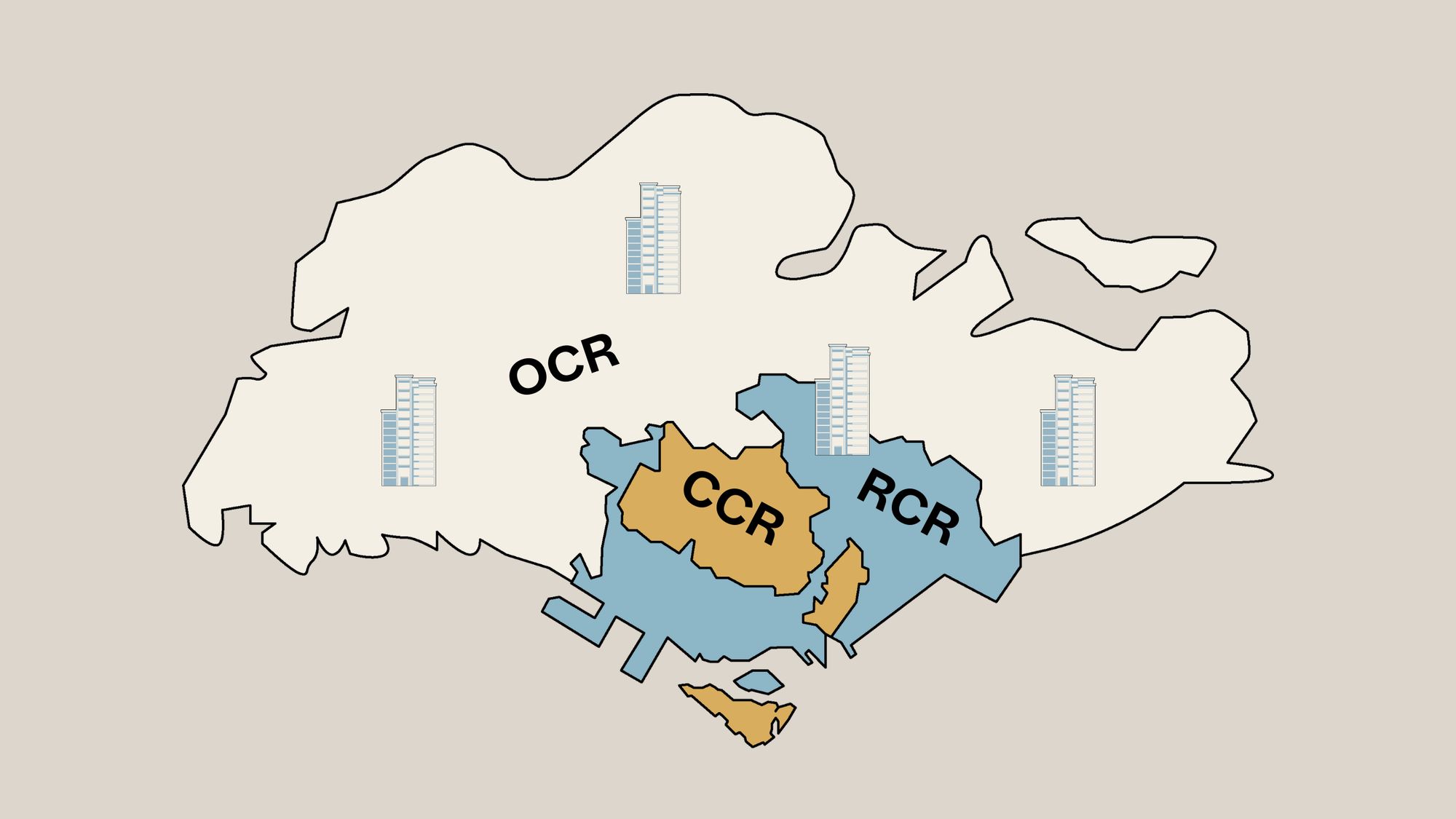
Property Market Commentary Why The Singapore Property Market Will Be Different In 2026 — And It’s Not Just About Prices
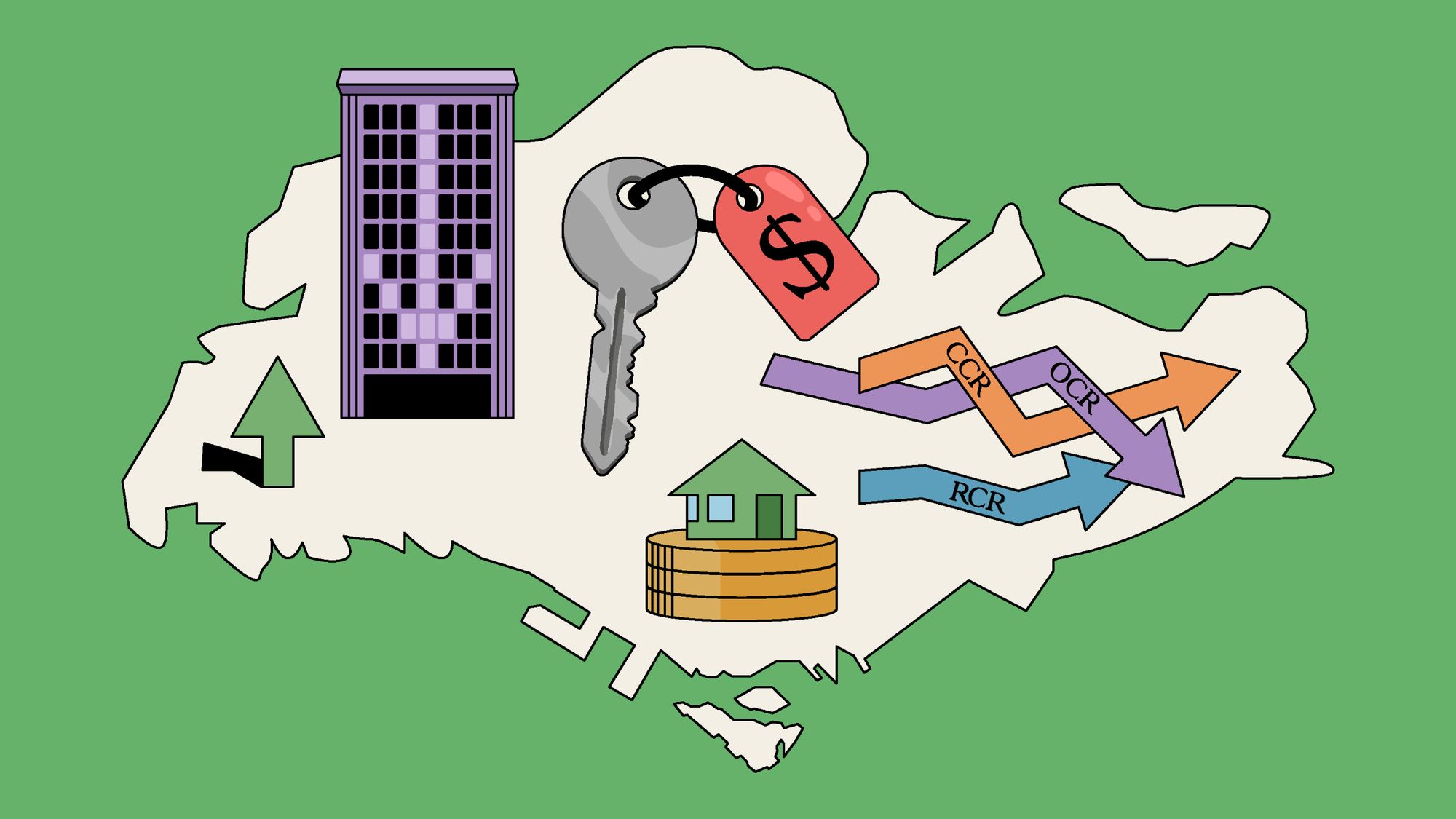
Editor's Pick 2025 Year-End Review Of The Singapore Property Market: What The Numbers Reveal

Pro This 21-Year-Old Condo Didn’t Sell Out Initially, Yet Became A Top Performer

Editor's Pick How The HDB Resale Market Performed In 2025, And What It Means For 2026 Prices

Editor's Pick 4 Key Trends Reshaping Singapore’s New Launch Condo Market In 2026

Singapore Property News Why More Land Doesn’t Automatically Fix Housing In Singapore

On The Market Here Are The Cheapest 4-Room HDB Flats in Central Singapore You Can Still Buy From $490K

Editor's Pick Should We Buy An Old 99-Year Leasehold Condo To Live In: Will It’s Value Fall When The Lease Runs Out?

Pro How A Once “Ulu” Condo Launched In 1997 Became A Top Performer

Editor's Pick I Reviewed A New Launch 4-Bedroom Penthouse At Beauty World

Property Market Commentary When Renting In Singapore Is The Smarter Move — And Buying Can Wait

Editor's Pick Why Singaporean Families Are Looking At This Landed Enclave From Around $4M

Singapore Property News Lentor’s First Condo Is Complete — The Early Profits May Surprise You

Editor's Pick A Wave Of New HDB Resale Supply Is Coming In 2026: Here’s Where To Find Them

Property Advice We Own A $800K 1-Bedder And A $1.1M 3-Bedder: Is It Possible To Upgrade To A 4-Bedder Condo?


